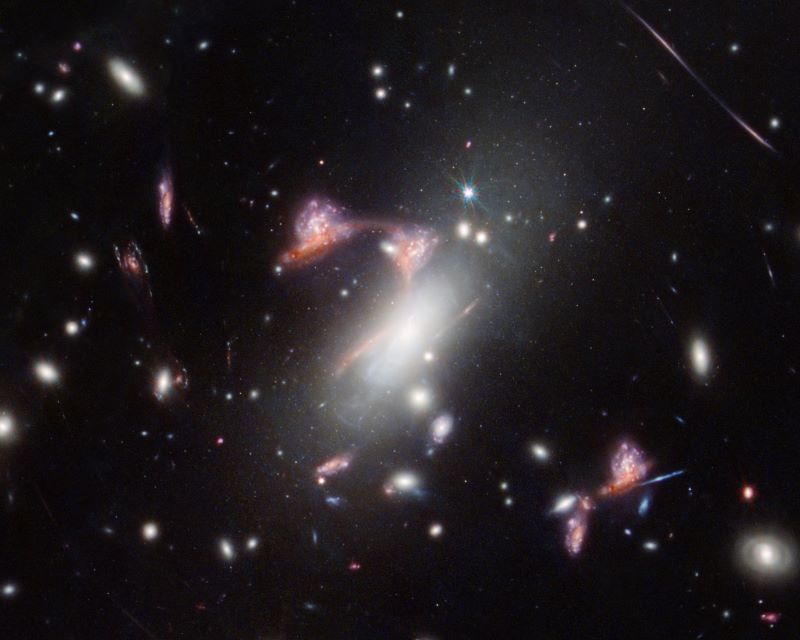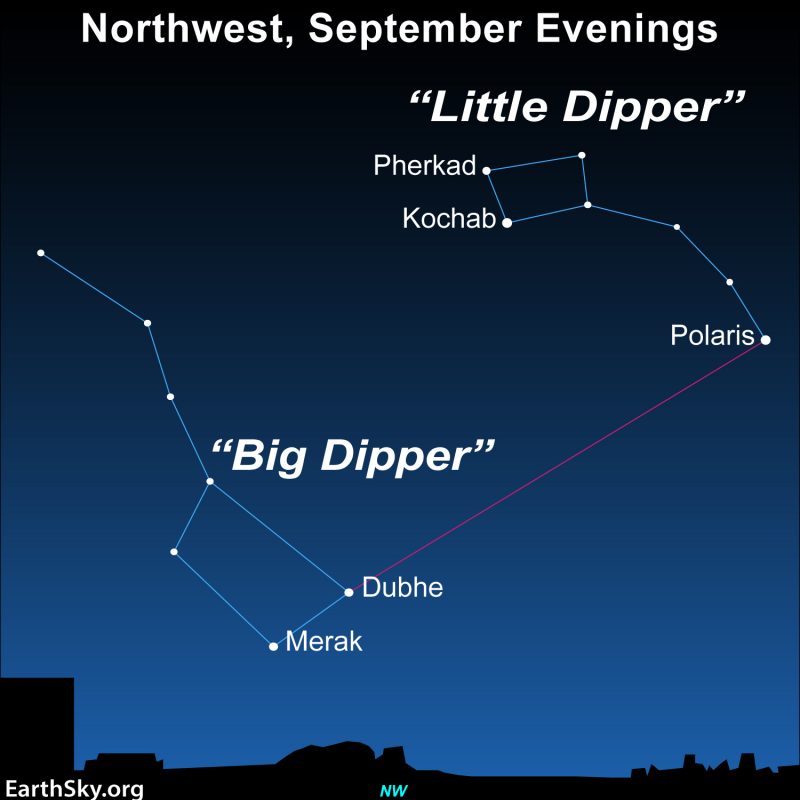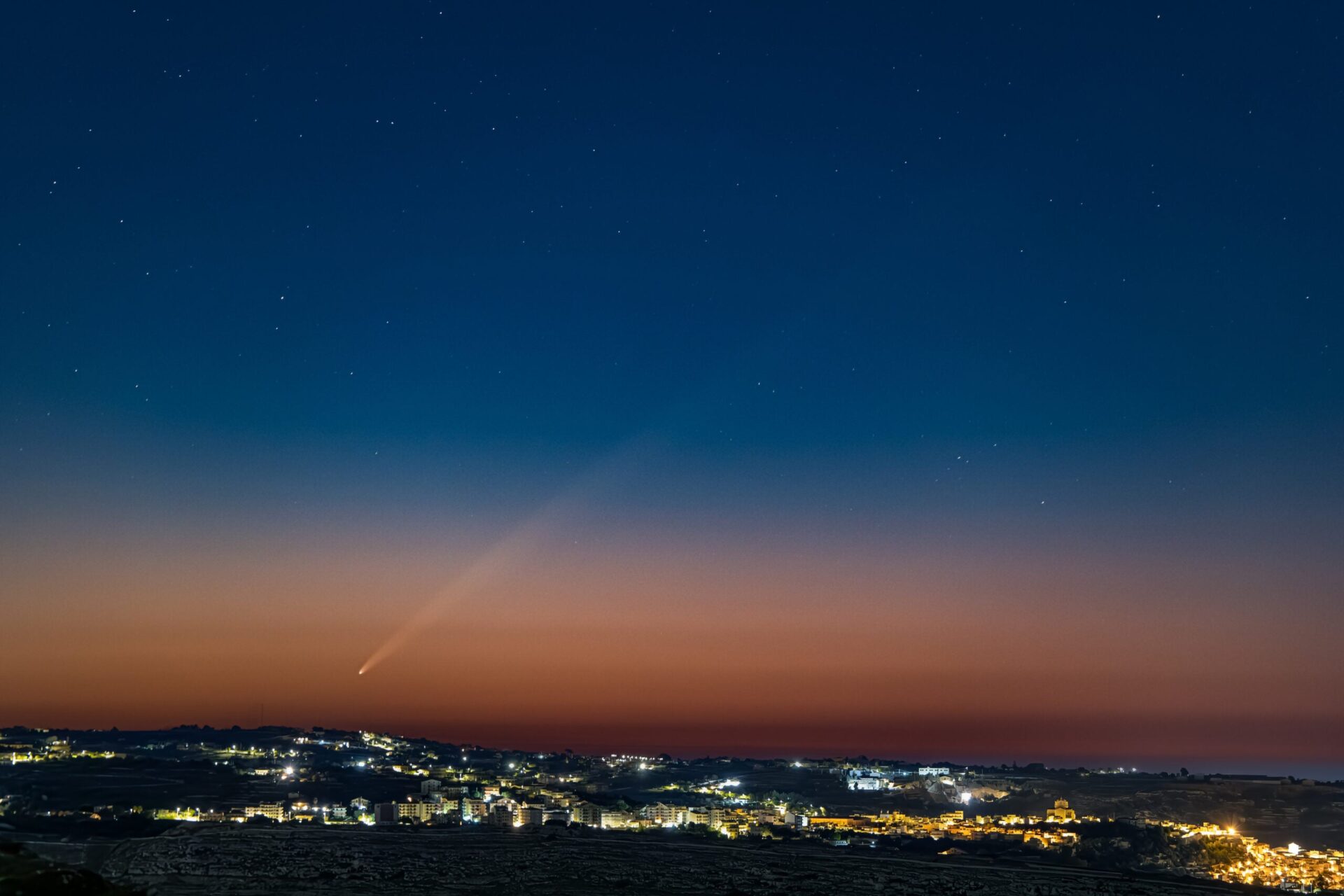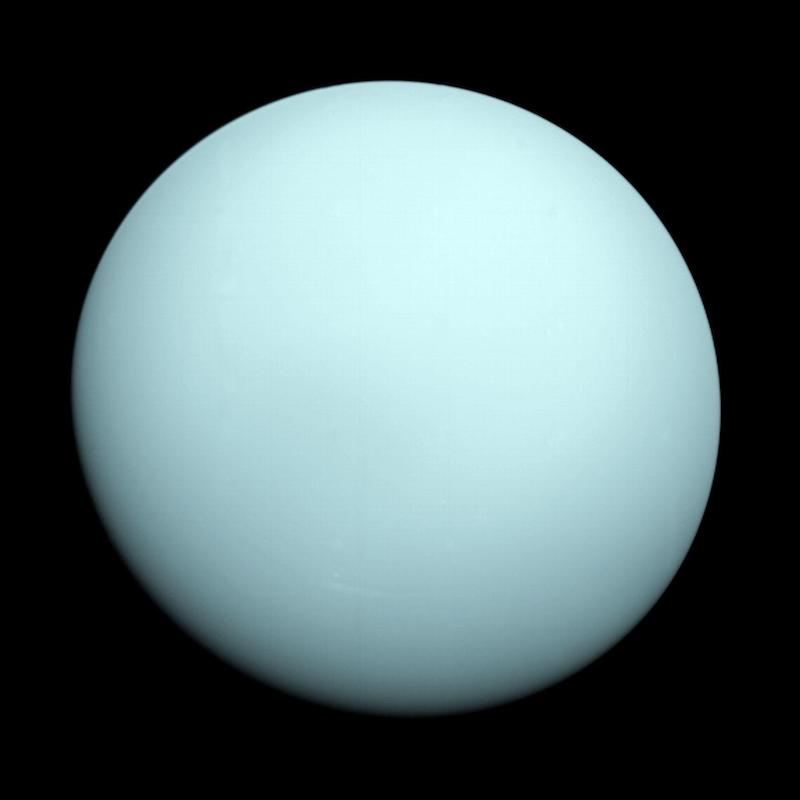[ad_1]

- Webb telescope discovered a question mark galaxy pair created by unusual gravitational lensing.
- The gravitational lensing magnifies star-forming regions in the question mark galaxy pair, revealing detailed cosmic interactions.
- A more detailed understanding of galactic evolution from billions of years ago emerges from the Webb and Hubble data.
WebbTelescope.org published this news release September 4, 2024. Edits by EarthSky.
Question mark galaxy and ancient cosmic history
It’s 7 billion years ago, and the universe’s heyday of star formation is beginning to slow. What might our Milky Way galaxy have looked like at that time? Astronomers using NASA’s James Webb Space Telescope have found clues in the form of a cosmic question mark galaxy, the result of a rare alignment across light-years of space.
Astronomer Guillaume Desprez of Saint Mary’s University in Halifax, Nova Scotia, is a member of the team presenting the Webb results. He described the question mark galaxy’s significance:
We know of only three or four occurrences of similar gravitational lens configurations in the observable universe, which makes this find exciting, as it demonstrates the power of Webb and suggests maybe now we will find more of these.
While NASA’s Hubble Space Telescope has previously observed this region, the dusty red galaxy that forms the intriguing question-mark shape only came into view with Webb. This is a result of the wavelengths of light that Hubble detects getting trapped in cosmic dust, while longer wavelengths of infrared light are able to pass through. Webb’s instruments can detect this longer wavelength.
Hubble, Webb share credit for finding question mark galaxy
Astronomers used both telescopes to observe the galaxy cluster MACS-J0417.5-1154, which acts like a magnifying glass. That’s because the cluster is so massive it warps the fabric of space-time. This allows astronomers to see enhanced detail in much more distant galaxies behind the cluster. However, the same gravitational effects that magnify the galaxies also cause distortion. And that results in galaxies appearing smeared across the sky in arcs and even appearing multiple times. These optical illusions in space are called gravitational lensing.
The red galaxy that Webb revealed, along with a spiral galaxy it is interacting with that Hubble previously detected, have an unusual distortion and magnification. This requires a particular, rare alignment between the distant galaxies, the lens and the observer. And that’s something astronomers call a hyperbolic umbilic gravitational lens. This accounts for the five images of the galaxy pair in Webb’s image, four of which trace the top of the question mark. The dot of the question mark is an unrelated galaxy that happens to be in the right place and space-time, from our perspective.
Surprising galactic punctuation is just cool looking
In addition to producing a case study of the Webb Near-Infrared Imager and Slit-less Spectrograph (NIRISS) instrument’s ability to detect star formation locations within a galaxy billions of light-years away, the research team also couldn’t resist highlighting the question mark galaxy shape.
Astronomer Marcin Sawicki of Saint Mary’s University and one of the lead researchers explained the personal impact of this bit of serendipity:
This is just cool looking. Amazing images like this are why I got into astronomy when I was young.
Astronomer Vicente Estrada-Carpenter, also of Saint Mary’s University, used both Hubble’s ultraviolet and Webb’s infrared data to show where new stars are forming in the galaxies. He said his findings may show how galaxies change over time:
Knowing when, where, and how star formation occurs within galaxies is crucial to understanding how galaxies have evolved over the history of the universe.
The results show that star formation is widespread in both.
Teenaged galaxies’ gassy haloes are colliding
The spectral data also confirm the newfound dusty galaxy is at the same distance as the face-on spiral galaxy. And they are likely beginning to interact. Estrada-Carpenter explained:
Both galaxies in the Question Mark Pair show active star formation in several compact regions, likely a result of gas from the two galaxies colliding. However, neither galaxy’s shape appears too disrupted, so we are probably seeing the beginning of their interaction with each other.
And Sawicki elaborated:
These galaxies, seen billions of years ago when star formation was at its peak, are similar to the mass that the Milky Way galaxy would have been at that time. Webb is allowing us to study what the teenage years of our own galaxy would have been like.
The Webb images and spectra in this research came from the Canadian NIRISS Unbiased Cluster Survey (CANUCS). The Monthly Notices of the Royal Astronomical Society published the research paper on May 31, 2024.
Bottom line: An unusual occurrence of gravitational lensing created this view of a question mark galaxy. The discovery reveals details about early galactic evolution.
Read more: What is gravitational lensing?
Source: When, where, and how star formation happens in a galaxy pair at cosmic noon using CANUCS JWST/NIRISS grism spectroscopy
[ad_2]
Source link





No comments! Be the first commenter?